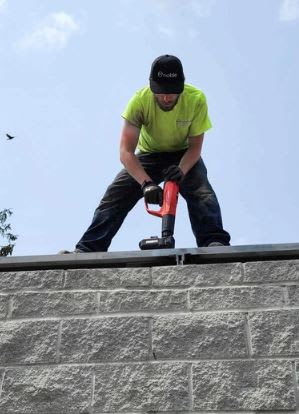Hey Guys,
So I was just wondering how you guys normally connect your metal deck to metal trusses? Why do you use the connections you do? I use the Hilti DF Designer program and it just throws out something and gives me alot of options. I can make several work so are some more economical/Easy to install? Can you puddle weld a deck to metal trusses?
Thank you!
So I was just wondering how you guys normally connect your metal deck to metal trusses? Why do you use the connections you do? I use the Hilti DF Designer program and it just throws out something and gives me alot of options. I can make several work so are some more economical/Easy to install? Can you puddle weld a deck to metal trusses?
Thank you!

